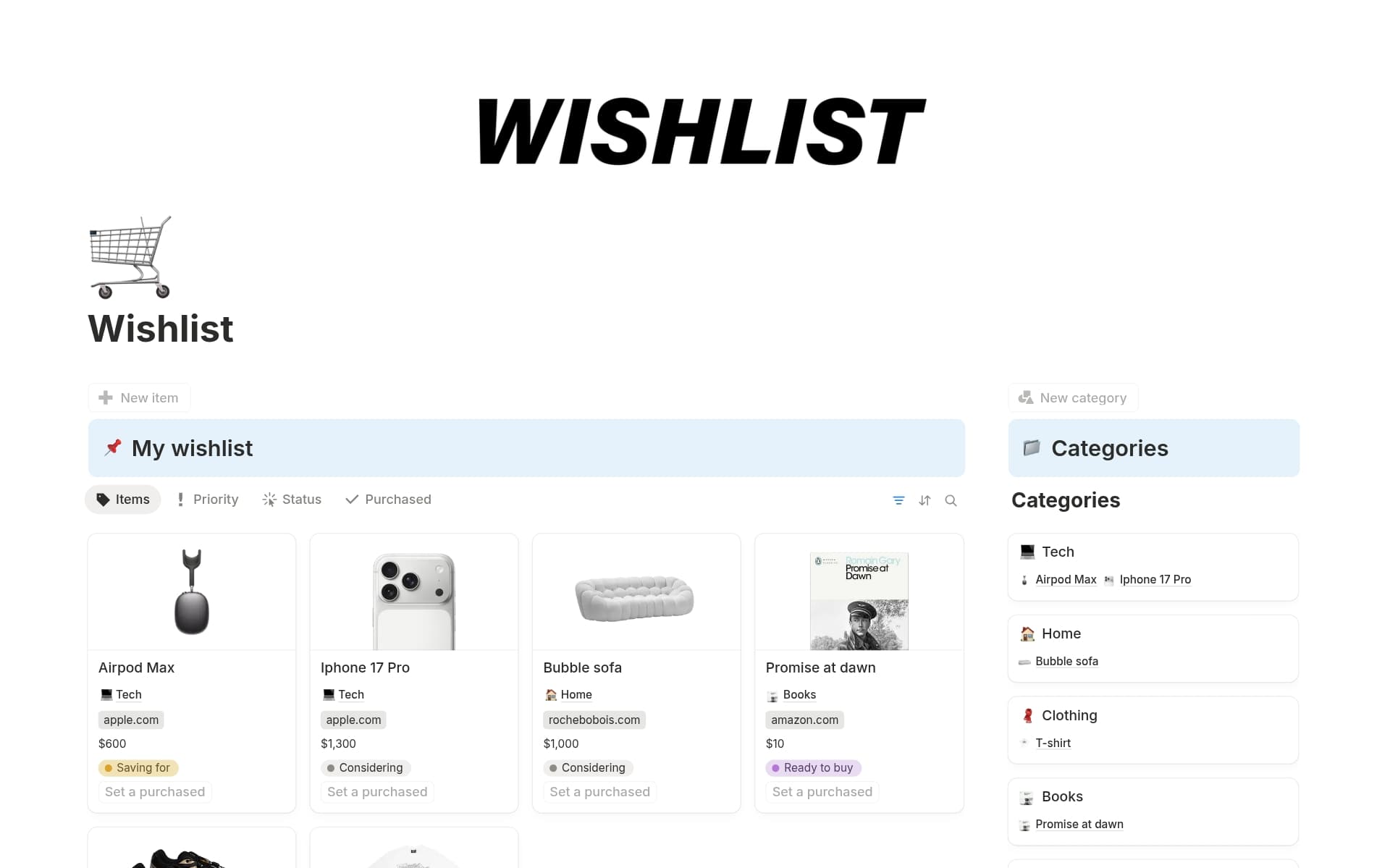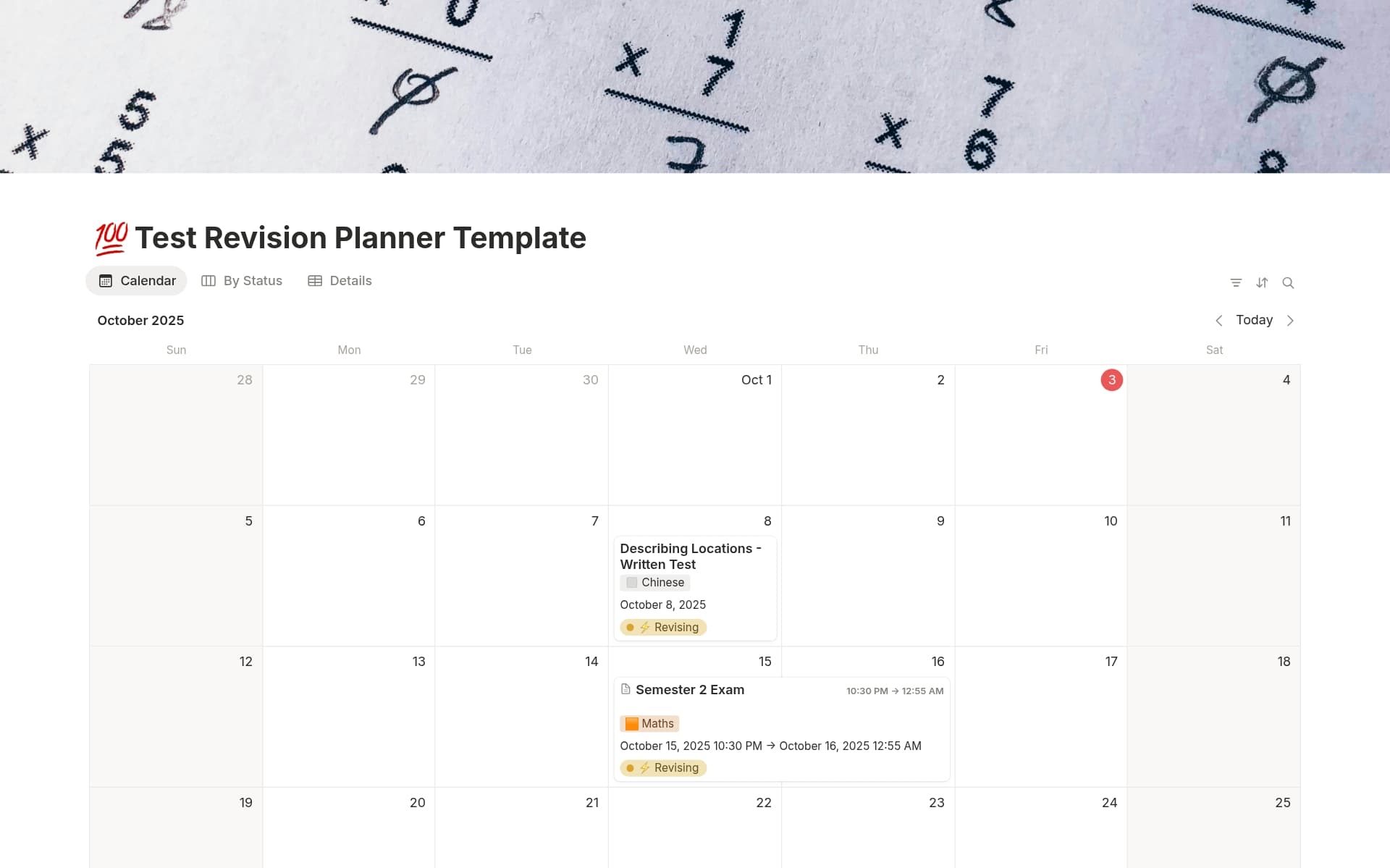Having clear work priorities is essential for maintaining focus, increasing productivity, and achieving your professional goals. A Work Priorities template in Notion can help you organize tasks, set deadlines, and track progress, ensuring that you're always working on what matters most. It simplifies the process of prioritizing and allows you to visualize your workload effectively.
Before you start creating your own Work Priorities, check out these Notion templates below to help make it easier.
What Should Work Priorities Templates Include?
Choosing the right Work Priorities template in Notion can streamline your workflow and enhance productivity. Here are key components to look for in a high-quality template:
Clear Task Categorization: A good template should allow you to easily categorize tasks by priority, project, or deadline, making it simple to navigate through your day.
Integration Capabilities: Ensure the template can integrate with other tools or platforms you use. This connectivity can help maintain a seamless workflow and reduce manual entry.
Progress Tracking: Features that allow you to track the progress of each task can be incredibly beneficial. This helps in maintaining momentum and provides clarity on what's been accomplished.
Customization Options: A template should be adaptable to your specific needs. Customization can include adding fields, changing views, or modifying labels to fit your work style.
With these components, a Work Priorities template not only organizes tasks but also propels you towards achieving your professional goals efficiently.
What Should Work Priorities Templates Avoid?
Choosing the right Work Priorities template in Notion can streamline your workflow significantly. However, it's equally important to know what features might hinder rather than help. Here are a few to steer clear of:
Overly Complex Layouts: Templates with too many sections or intricate designs can lead to confusion and reduce productivity. Simplicity often enhances focus and efficiency.
Non-Customizable Elements: Avoid templates that don't allow you to tweak settings or add personal touches. Flexibility in a template is key to adapting it to your specific work needs.
Fixed Priority Levels: Templates that pre-define priority levels can limit your ability to categorize tasks based on changing needs and urgencies. Look for templates that allow dynamic prioritization.
Remember, the best template is one that fits seamlessly into your workflow and enhances your ability to prioritize effectively without adding unnecessary complexity or restrictions.




